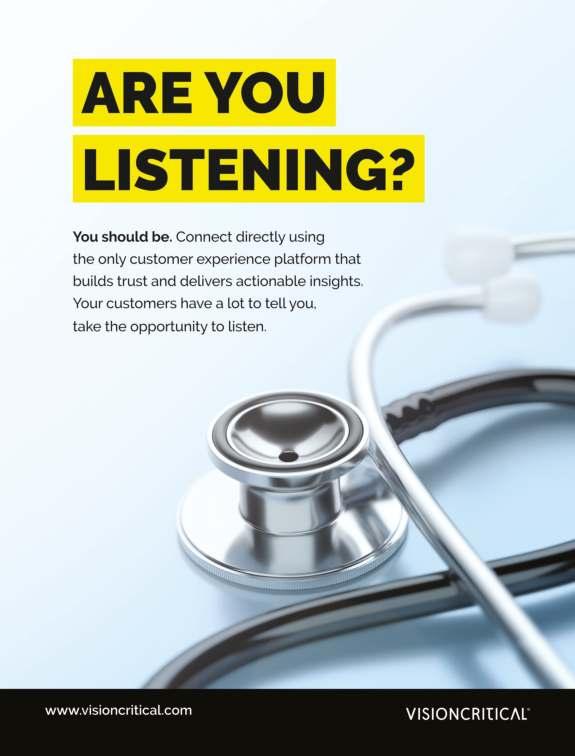
2 minute read
Wearables in Medical S e t t i n g Setting
Wearable devices, such as smartwatches, fitness trackers, and biosensors, have gained significant popularity in recent years. These devices, originally designed for personal health and fitness monitoring, are now being increasingly adopted in medical settings. Wearables offer the potential to revolutionize healthcare by providing continuous, real-time data monitoring and empowering patients to take an active role in managing their health. This article explores the benefits and challenges associated with the use of wearables in the medical setting.
Benefits of Wearables in the Medical Setting
Continuous Monitoring and Early Detection
Wearables enable continuous monitoring of vital signs, including heart rate, blood pressure, respiratory rate, and sleep patterns. This continuous data collection allows for early detection of abnormalities or changes in a patient's health status, enabling timely interventions and proactive healthcare management.

Personalized and Remote Patient Care
By collecting and analyzing data in real-time, wearables facilitate personalized patient care. Healthcare providers can remotely monitor patients' health metrics, assess treatment effectiveness, and make informed decisions about medication adjustments or interventions. Wearables also promote patient engagement and self-care, as individuals have access to their own health data and can actively participate in their treatment plans.


Improved Chronic Disease Management
For patients with chronic conditions, wearables offer a means of tracking and managing their health on a daily basis. These devices can monitor parameters such as blood glucose levels for diabetics, activity levels for individuals with cardiovascular disease, or medication adherence for patients with chronic illnesses. Wearables provide valuable insights into disease management and help patients and healthcare providers make informed decisions about treatment adjustments or lifestyle modifications.
Enhanced Patient-Physician Communication
Wearables enable seamless sharing of health data between patients and healthcare providers. This promotes improved communication and collaboration, as physicians can gain a deeper understanding of a patient's health outside of the clinic or hospital setting. Patients can also communicate symptoms or concerns in real-time, facilitating more accurate diagnoses and more effective treatment plans.
Data Accuracy and Reliability
Ensuring the accuracy and reliability of wearable-generated data is crucial for its integration into medical decisionmaking. The precision of sensors, calibration, and variability between devices can impact the quality and validity of the data collected. Healthcare professionals need to critically evaluate the accuracy and clinical relevance of wearable-generated data before making clinical decisions.
Data Security and Privacy
Wearable devices collect sensitive personal health information, making data security and privacy paramount. Health data transmitted from wearables to healthcare systems must be protected from unauthorized access, breaches, or misuse. Healthcare organizations need robust security measures, including encryption, authentication protocols, and adherence to data privacy regulations, to safeguard patient information.
Integration with Healthcare Systems
Integrating wearable data with existing healthcare systems and electronic health records (EHRs) can be challenging. Interoperability issues, different data formats, and the need for seamless data exchange can pose obstacles to effective integration. Healthcare providers must work towards establishing standardized protocols and systems that facilitate the secure and seamless integration of wearable data into clinical workflows.
User Adoption and Engagement
Wearables can only deliver meaningful benefits if users adopt them and actively engage with their health data. Challenges related to user adoption include the cost of devices, the complexity of data interpretation, and the need for user education and support. Healthcare providers should focus on patient education, user-friendly interfaces, and effective strategies to promote sustained engagement with wearables.
The use of wearables in the medical setting offers numerous benefits, including continuous monitoring, personalized care, and improved patient-physician communication. However, challenges related to data accuracy, security, integration, and user adoption must be addressed for wearables to reach their full potential in healthcare. By navigating these challenges and leveraging the benefits, wearables have the potential to transform patient care, enhance disease management, and empower individuals to actively participate in their health and well-being.









